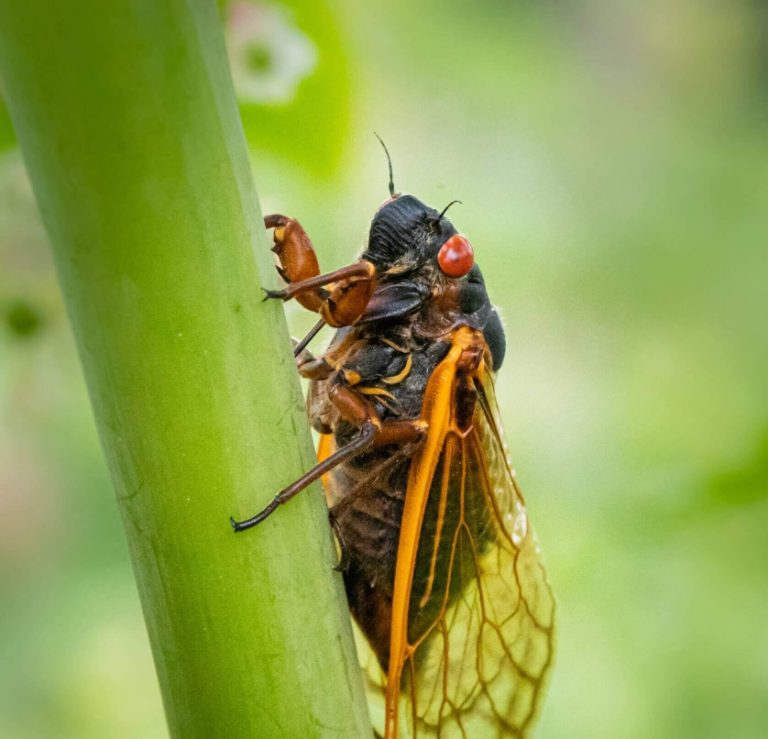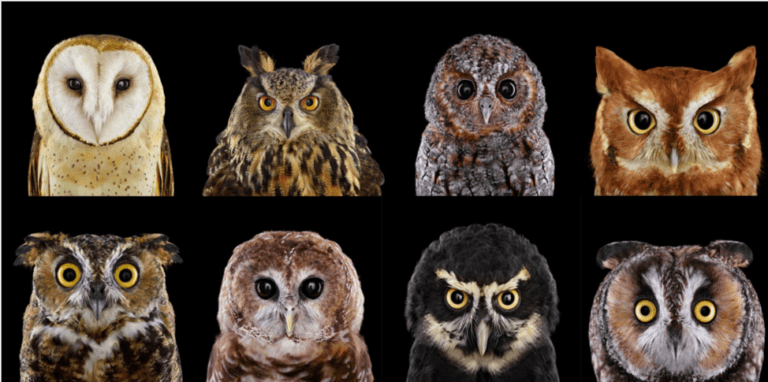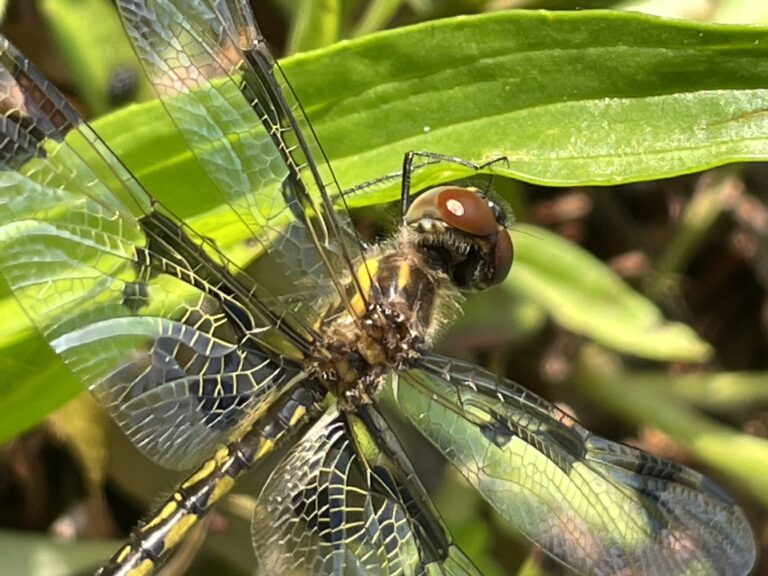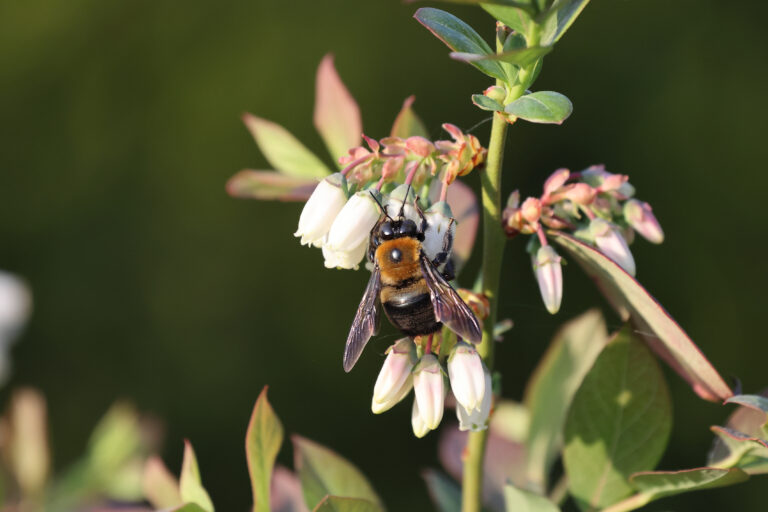Logic Puzzles for Biodiversity
Overview
Discover how spatial conservation scientists are using math and computing to protect biodiversity. Experts explain real-world examples of spatial planning and how it can contribute to conservation. Activities apply these principles and tools for marine conservation, species mapping, and conservation planning.
20 - 60 mins.
Modular lesson choices that facilitates classroom activity as brief as 20 minutes, up to several class periods or homework.
Subjects
Middle School Science, High School Biology, Environmental Science, AP Environmental Science, College Environmental Science, Natural Resources, Ecology, Conservation Biology, Environmental Studies, History, Social Studies
You will need:
Printed Paper maps
Digital map files
Online half-earth map
- DataPlay, GIS Story Maps, Guided Inquiry, Talks and Lectures, Video Tutorial, Videos
- Class Period, Homework, Multi-day, Short In-Class
- Abundance, Biodiversity Hotspot, Commercial Fishing, Endangered Species, Esri, Featured Ambassadors, Habitat, Half-Earth Project Map, Human Impacts, National Parks, Nature and Culture, Nature Reserve, Places for a Half-Earth Future, Pressures, Priority Places, Rainfed Agricultural, Species Range, Species Rarity, Species Rich, Terrestrial, Urban Pressures
- College, High School, Middle School
Logic Puzzles for Biodiversity
Learning Objectives
- Build logic, computation, and reasoning skills that are used by conservationists to offer evidence-based options for protecting biodiversity
- Consider how decision-support tools can guide conservation investments and help communities to plan efficient conservation programs
Key Terms + Conditions
- Spatial Planning
- Marine Spatial Planning
- Habitat
- Endangered Species
- Fishing and aquaculture
- Urban Spaces
Lesson Resources
Top tips for Instructors
In this video, learn how high school biology and statistics students are asking better questions, discovering patterns, and confronting biases with a mapping project that visualizes trees in their neighborhood and beyond.
There are a number of free apps that can help students document the biodiversity they discover near school or home:
- iNaturalist can engage students in citizen data collection.
- Seek has automated (non-expert) species ID, and protects student identity.
- PictureThis is a plant identification app.
- Survey123 is an ESRI app directly linked to mapping tool ArcGIS. The app supports data collection in the field, storage, and sharing. Collated classroom data can then be shown on a digital map.







